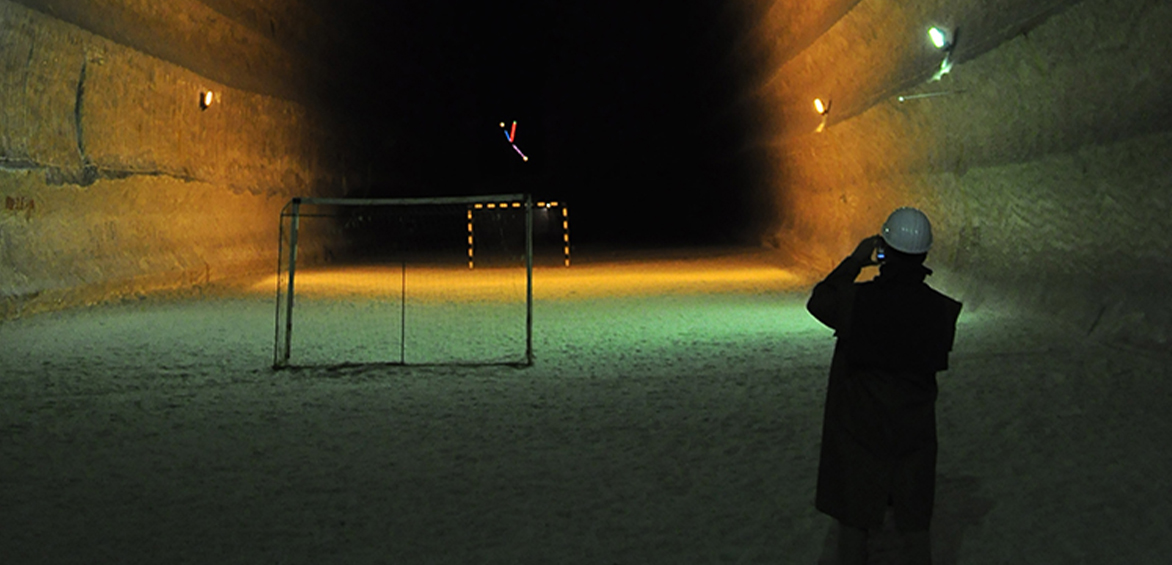Locating the individual within the anthropocene

IZOLYATSIA continues to investigate Grounding as a theoretical concept for its new institutional phase. There are numerous terms in the scholarship around this topic that can help us place ourselves in, and describe the experience of, our contemporary world. As part of our continued effort to share our research and engage our audience with this pressing discourse, we are providing 8 new terms for our glossary.
These terms emphasize our position as humans within the anthropocene — as consumers, political subjects, social and economic agents, and shapers and interpreters of our world:
Modernization is the process of transforming a traditional, rural, agrarian society into a state of secular, urban and industrial society. The concept has been widely developed in social theory, in particular by Max Weber, Karl Marx, Bruno Latour and more.
Demodernization is a reversing process that retreats from the present state, which is accompanied by the disappearance of modern elements of society and the decay of public institutions.
(source: [Modernization / Britannica.com. Encyclopædia Britannica. Retrieved, 2013; Demodernization: A Future in the Past / Edited by Yakov Rabkin and Mikhail Minakov / ibidem Press, 2018)
Sustainable Development — the organizing principle for meeting human development goals while simultaneously sustaining the ability of natural systems to provide the natural resources and ecosystem services based upon which the economy and society depend. The desired result is a state of society where living conditions and resources are used to continue to meet human needs without undermining the integrity and stability of the natural system. Sustainable development can be defined as development that meets the needs of the present without compromising the ability of future generations to meet their own needs.
Carbon Neutrality — achieving net zero carbon dioxide emissions by balancing carbon emissions with carbon removal (often through carbon offsetting) or simply eliminating carbon emissions altogether (the transition to the "post-carbon economy"). It is used in the context of carbon dioxide-releasing processes associated with transportation, energy production, agriculture, and industrial processes.
Permaculture (the word, coined by Bill Mollison, is a portmanteau of permanent agriculture and permanent culture) is the conscious design and maintenance of agriculturally productive ecosystems which have the diversity, stability, and resilience of natural ecosystems. It is the harmonious integration of landscape and people — providing their food, energy, shelter, and other material and non-material needs in a sustainable way. Without permanent agriculture, there is no possibility of a stable social order. Permaculture design is a system of assembling conceptual, material, and strategic components in a pattern which functions to benefit life in all its forms.
Zero Waste — a set of principles focused on waste prevention that encourages the redesign of resource life cycles so that all products are reused. The goal is for no trash to be sent to landfills, incinerators, or the ocean. (See also https://zwia.org/zero-waste-definition)
Greenwashing (a compound word modelled on "whitewash"), is a form of marketing spin in which green PR (green values) and green marketing are deceptively used to persuade the public that an organization's products, aims and policies are environmentally friendly and therefore ‘better’ in an ecological sense.
Food Sovereignty. The idea of Food Sovereignty developed as a response to the crises facing the world’s farmers and food systems. It recognizes that control over the food system needs to remain in the hands of farmers, for whom farming is both a way of life and a means of producing food. It also recognizes the contribution of indigenous peoples, pastoralists, forest dwellers, workers and fishers to the food system. It ensures that food is produced in a culturally acceptable manner and in harmony with the ecosystem in which it is produced.
Unintentional Design — a phenomenon that arises inadvertently and creates a situation in space. Occurs where a person does not think about creating a design, forming the phenomenon of a nameless designer. Unintentional design include: caused by choices regarding: shapes, colors, materials, associations of the three, which are found under the influences of various forces that impose upon them a change in their initial status; visual consequences of actions performed on materials and products, shapes and surfaces, and reactions to uninformed association of the above mentioned properties; patterns on materials, imprinted as a result of mutual influences or frictional results; aesthetic valences encountered within compositional results of random objects’ association. The manifestations of unintentional design can be found, either walking around cities or in natural cells, in combination with each other, or in isolation.
Photo: Cai Guo-Qiang. Visit to the salt mine in Soledar; photo by Dima Sergeev © 2011 Izolyatsia